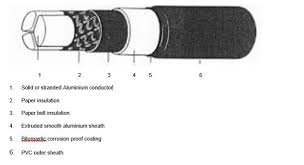I know this subject has been done to death but why are the neutral/PEN conductors more likely to go open circuit than any of the phases? It seems to me there is some basic problem the way they are installed are they not tightened to the same degree as the phases? I know being a black conductor they may seem less important than the red yellow and blue but can the DNOs have a refresher course or similar to remind them the black wire is just as important as the others. I may be over simplifying this but to me it just seems odd that the one cable is more prone to coming loose than the others. Also I know I used the old proper colors rather than the new ones but its late so indulge me a bit. I remember years ago the neutral link on a pole near my old house burnt out when the DNO guy pulled and wiggled it there was a flash and a bang he dropped the lead which was badly melted maybe this is part of the problem??

